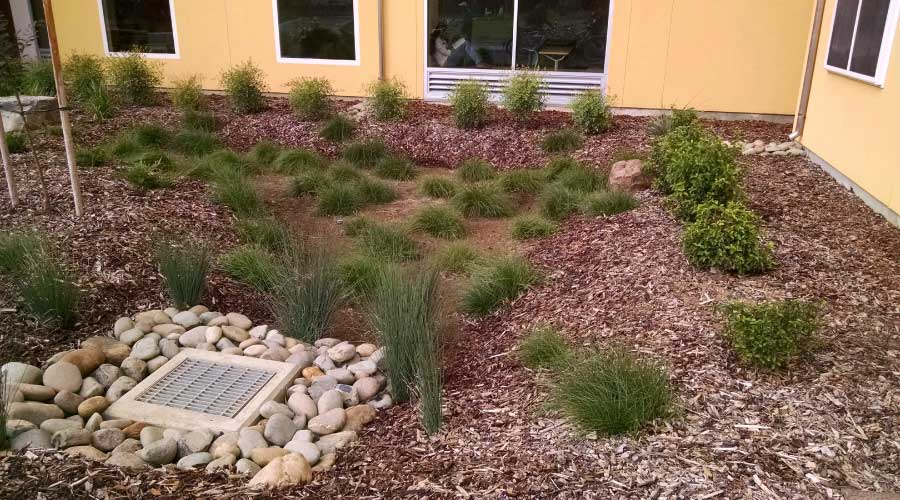Tracking and Measuring Sustainability
Sustainability is a buzzword heard throughout commercial and institutional facilities nationwide. Managers are continuing to learn about new products and management techniques to help their organizations establish sustainable, high-performance buildings.
One of the biggest challenges for managers is developing a method to measure sustainability. To address that challenge, various organizations have instituted programs to help maintenance and engineering departments better manage buildings’ environmental friendliness. Two organizations recently released new versions of programs that provide a framework for managers implementing sustainable measures.
Tracking Sustainability
The Sustainability Tracking, Assessment, and Rating System (STARS) from the Association for the Advancement of Sustainability in Higher Education (AASHE) gauges progress toward sustainability in colleges and universities. AASHE has released its newest version of the system, STARS 0.5. The rating system has three main credit categories — education and research, operations, and administration and finance — one less than STARS 0.4.
“We wanted to better align with the three main organizational branches of the institution,” says Laura Matson, STARS program manager.
The operations category has three new sections: buildings, grounds, and dining services. Credits include: new construction, renovations, and commercial interiors; building operations and maintenance; potable non-irrigation water consumption reduction; and green-cleaning service.
In version 0.5, AASHE changed many trend-based credits to avoid penalizing institutions that already have reached a high level of sustainability.
“The big pro, in general, is people thought it would be fairer,” Matson says.
Health Care, Too
The Green Guide for Health Care — a project of the Center for Maximum Potential Building Systems and Practice Greenhealth — has been a useful tool for managers in health care organizations trying to establish sustainable buildings and operations. Now, the organization has made revisions to the Green Guide for Health Care Version 2.2 Operations section.
Among the revision highlights:
• The strategies are grouped by facility department.
• The section features updated regulatory standards, best practices and resources.
• It focuses on emissions reporting, low-impact grounds maintenance, and green purchasing.
Strategies focus on educating staff and building occupants on the connection between sustainable facilities and human health.
— Chris Matt, Associate Editor
Related Topics:











